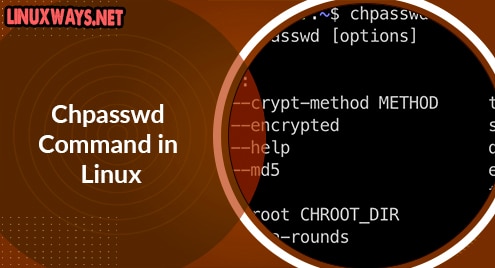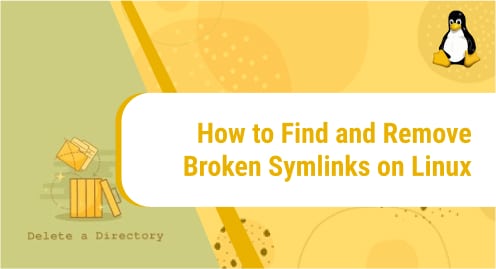Kodi is a free, open-source, and cross-platform entertainment hub for digital media. Kodi supports platforms like Linux, Windows, macOS, iOS, tvOS, Android, and Raspberry Pi. It was released in 2003. Kodi is a comprehensive media management system with a customizable interface and its functionality can be extended by a wide range of plugins.
This article will describe how to install Kodi in Debian 12 (Bookworm) systems.
How to Install Kodi on Debian 12?
Users can install Kodi in Debian 12 systems by the below-listed installation methods:
- Method 1: Install Kodi via the APT Package Manager
- Method 2: Install Kodi via Flatpak Package Manager
Method 1: Install Kodi via APT Package Manager
APT (Advance Package Tool) is Debian’s default package manager. Kodi can be installed using apt by the following steps:
Step 1: Launch Terminal
The first step is to launch Terminal. It can be launched either by using the shortcut Ctrl+Alt+T or by using the Application launcher.
All applications, system components, and files installed on the system are placed in the Application Launcher. Terminal can be launched by application launcher by pressing the Activities button in the left corner of the screen, then by typing “Terminal” in the search bar and by selecting the Terminal icon:

The following screenshot shows how the Terminal Application looks like on Debian:

Step 2: Update APT Repository
We will update the apt repository before installing any new software with sudo privileges to avoid dependency issues by running the following command:

Step3: Install Kodi
Kodi can be installed by running the following command:

Press “Y” to continue with the installation process: 
We can observe from the above screenshot that Kodi is installed successfully.
Step 4: Verify Installation
We can verify the installation by checking the version of Kodi by running the following command:
Step 5: Launch Kodi
After successful installation, we can launch Kodi in two ways:
- Application Launcher
- Command Line
Launching Kodi via Application Launcher
We can launch Kodi by application launcher by pressing the Activities button in the left corner of the screen, then by typing “kodi” in the search bar and then by selecting the Kodi icon.

Kodi’s home page is the default screen when the Kodi application is launched:

We can further navigate and explore Kodi features by navigating to the main menu:

Launching Kodi via Command Line
We can launch Kodi by command line by typing “Kodi” on the terminal:

Method 2: Install Kodi via Flatpak Package Manager
Flatpak is a package manager that contains the latest versions of software. It allows developers to create one app that is then distributed to the entire Linux desktop market. Kodi can be installed using the Flatpak package manager by the following steps:
Step 1: Installing Flatpak
We can install Flatpack by running the following command:

The above screenshot shows that Flatpak is installed successfully.
We can verify the installation by checking the flatpack version by running the following command:

Step 2: Integrate FlatHub Repository
FlatHub is the primary repository used to download and install the packages available through Flatpak. We will run the following command to integrate the Flathub repository with Flatpak:

Step 3: Reboot Debian 12
We will reboot our system by running the following command in order to integrate Flatpak:
Step 4: Installing Dependencies
We will run the following command to install gnome-software plugin for Flatpak:

The above screenshot shows that the gnome Flatpak plugin is successfully installed.
Step 5: Installing Kodi
We can use the following command to fetch Kodi from the Flathub repository and to install Kodi:

Press “Y” to continue with the installation process:

Press “Y” to proceed with the installation:

The above screenshot shows that Kodi is successfully installed using Flatpak.
Step 6: Launch Kodi
We can launch Kodi (installed via Flatpak) by running the following command:

How to Uninstall Kodi on Debian 12?
If in case, we need to completely uninstall Kodi from our system, we can uninstall it depending on how it was installed, i.e., either via APT or Flatpack. Both of these methods are discussed below:
Method 1: Uninstall Kodi Installed via APT Package Manager
We can uninstall Kodi installed via APT by running the following command:

Press “Y” to continue with the uninstallation:

Further, we will run the following command to ensure that all dependencies are also removed:

From the above screenshots, it can be seen that Kodi is uninstalled successfully.
Method 2: Uninstall Kodi via Flatpak Package Manager
If Kodi is installed via Flatpak, we can uninstall it by running the following command:

We can verify that Kodis successfully uninstalled from the above screenshot.
Conclusion
To install Kodi on the Debian 12 (Bookworm) system, use the default “apt” package manager and by using the Flatpak package manager. Any of the two methods can be used to install Kodi, but for beginner Linux users, it is recommended to install Kodi by using the default “apt” package manager.




